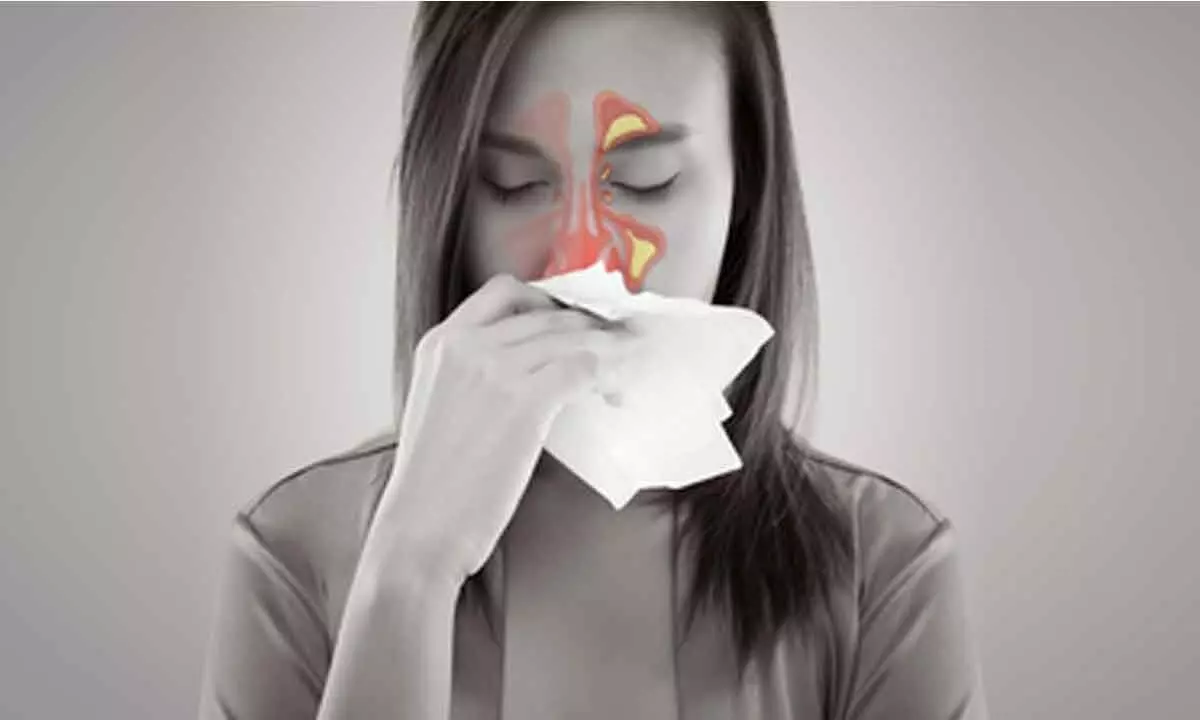Sinusitis may raise risk of rheumatic disease by 40%
Particularly in the 5 to 10 years preceding the start of symptoms: Study
image for illustrative purpose

New York: People suffering from the common inflammatory condition sinusitis may be at 40 per cent risk of developing a subsequent diagnosis of rheumatic disease, particularly in the five to 10 years preceding the start of symptoms, finds a research.
Sinusitis refers to inflammation of the lining of the sinuses, the small, air-filled cavities behind the cheekbones and forehead.
Researchers from the Mayo Clinic and the Harvard Medical School in the US showed that a history of sinusitis was associated with a 40 per cent heightened risk of any new diagnosis of rheumatic disease.
The strongest association was seen for systemic autoimmune rheumatic diseases, such as antiphospholipid syndrome - seven-fold increased risk, and Sjogren’s syndrome - more than double the risk.
Antiphospholipid syndrome is a blood clotting disorder, while Sjogren's is a condition that affects the body's production of fluids, such as spit and tears.
The findings, published in the open access journal RMD Open, also showed that acute sinusitis was associated with an 18 per cent heightened risk of seronegative rheumatoid arthritis (symptoms but no detectable antibodies).
"Overall, these findings point towards a role for sinus inflammation in the presentation, and possibly pathogenesis, of rheumatic disease," the researchers said. "Bacterial pathogens, such as those involved in sinusitis, might have a role in rheumatic disease, added to which sinusitis is associated with speeding up artery hardening, lending extra weight to its potential inflammatory effects," they explained.
The study sample included 1,729 adults, newly diagnosed with a systemic autoimmune rheumatic disease, such as rheumatoid arthritis, antiphospholipid syndrome, and Sjogren's syndrome; or vasculitis (blood vessel inflammation), such as giant cell arteritis (temporal artery inflammation) and polymyalgia rheumatica (muscle pain and stiffness).
Each of these patients (average age 63; two thirds women) was matched with 3 people (5187 in total) with no rheumatic disease, based on age at diagnosis and sex.

